Most of the time electric trains are pretty mechanically simple – a pantograph on the roof is used to collect electricity from the overhead wires, which is then used to power the train. But what happens if something goes wrong with the overhead, destroying the pantograph? A few weeks ago Metro Trains Melbourne had this very problem, right at the core of the suburban network.
The drama begins
The story starts on the morning of Monday 8 January 2024, when a Siemens train departs Flinders Street Station bound for Sandringham, when it encountered a damaged section of overhead near Richmond station, which caused all four pantographs on the train to be damaged.
Due to the number of nearby tracks and the need the keep trains moving on other lines, the decision was made to keep the defective train there until the last train of the night had departed.
Trains on the Sandringham line being replaced by buses for the day.
Getting to work
That night, Metro Trains could then turn off the overhead power to the adjacent tracks, and send in the overhead crew to inspect the damage wires.
And the damage to the pantographs.
Climbing onto the roof of the train with a ladder.
Cutting away the broken pantographs with an angle grinder.
Then throwing them down from the roof.
So they could be stashed away inside the passenger saloon.
A call for help
With the pantographs gone, an electric train isn’t able to move by itself, so Metro Trains called up V/Line to borrow a diesel locomotive, who were able to send a Y class shunter from Southern Cross to help out.
But there was one gotcha – suburban electric trains have ‘multifunction’ couplers that combine electrical, air brake and mechanical links between trains.
While diesel locomotives have old fashioned knuckle couplers, which require separate air brake hoses to be connected.
But the incompatible couplings aren’t a dealbreaker – each suburban train carries a ‘transition coupler’ that adapts the ‘multifunction’ coupler to a standard knuckle coupler.
Recovery time
With the coupling situation sorted.
Y156 slowly closed in on the disabled Siemens train.
CLUNK!
Time to connect up the transition coupler, along with a set of backup chains.
The braking system of the Siemens train then needed to switched into a fallback air braking mode.
And an emergency brake application tap connected as a backup for that.
Y156 could then set off with the disabled electric train.
Towing it through to a spare track at Flinders Street Station.
Leaving it there until another suburban train could drag it to the workshops for repair.
And then Y156 could head back home to Southern Cross.
Footnote: turns out it’s happened before
This isn’t the first time I’ve seen a Siemens train need to be rescued by a V/Line diesel – back in 2023 a Powercor 22kV power line fell across the railway line at Laverton, causing a power surge on the 1500V DC traction power supply, bringing down the overhead, and cooking two Siemens trains. The next day V/Line locomotive N456 was out sent to assist, recovering the stranded Siemens trains as individual 3-car sets.
And I saw a similar move back in 2019 as well a Siemens train encountered damaged overhead wiring outside Laverton, disabling the train. Again, the pantographs had to be cut away, and diesel locomotives from V/Line sent out to drag the suburban train away.
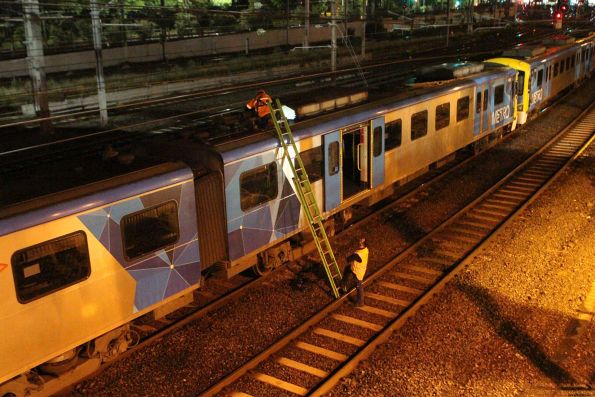
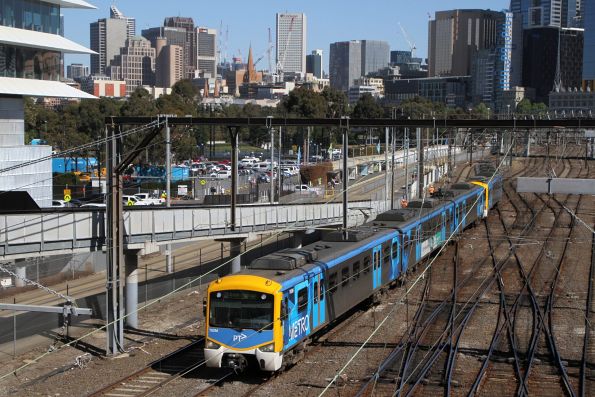
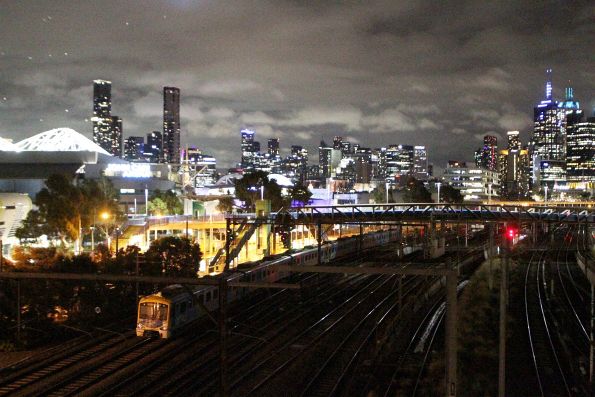
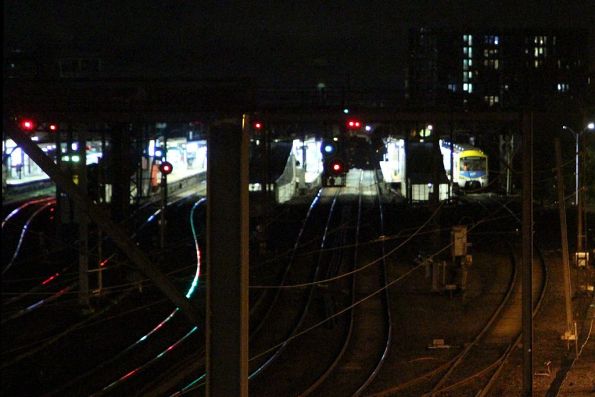
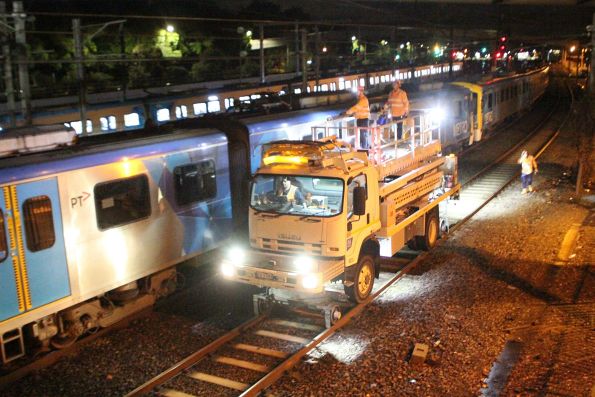
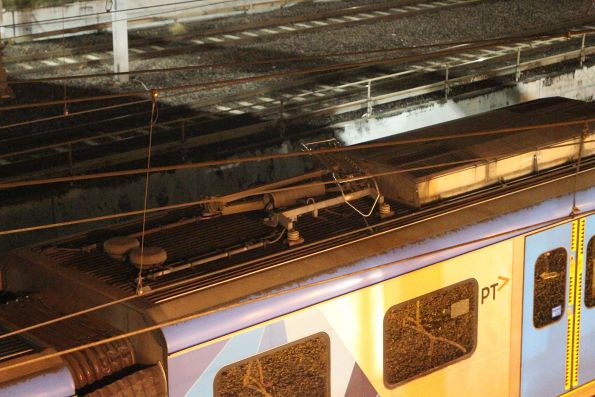
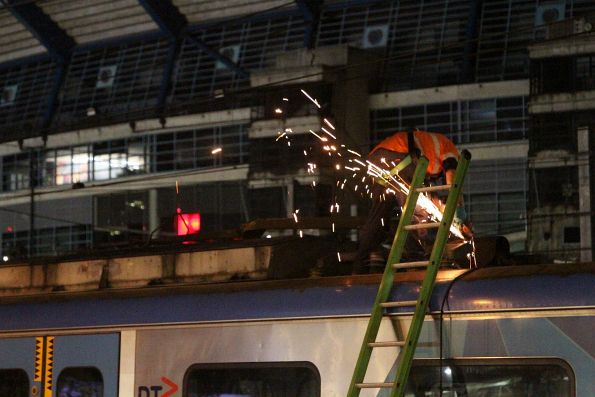
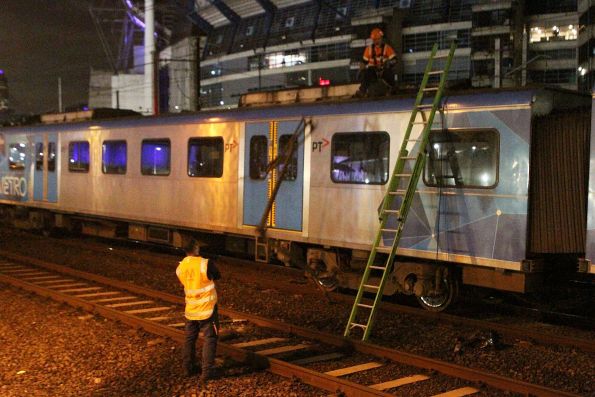
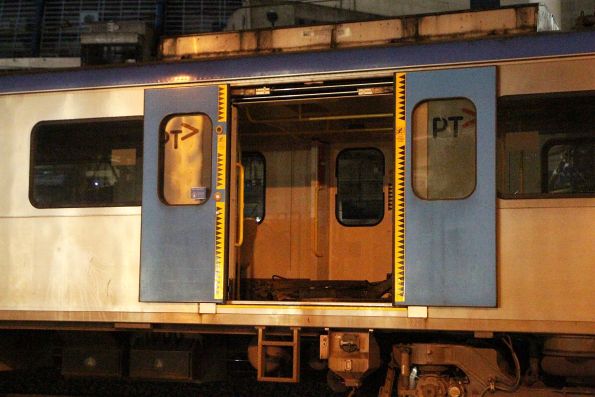
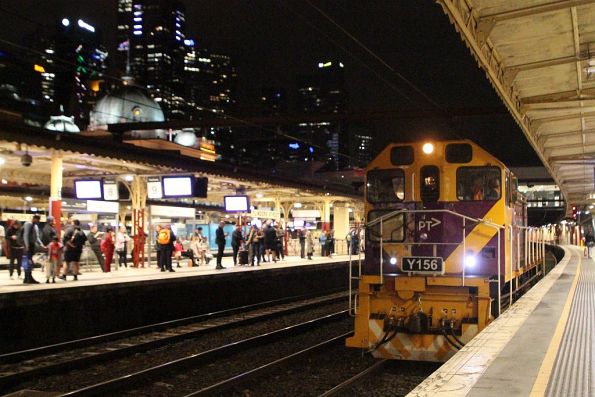
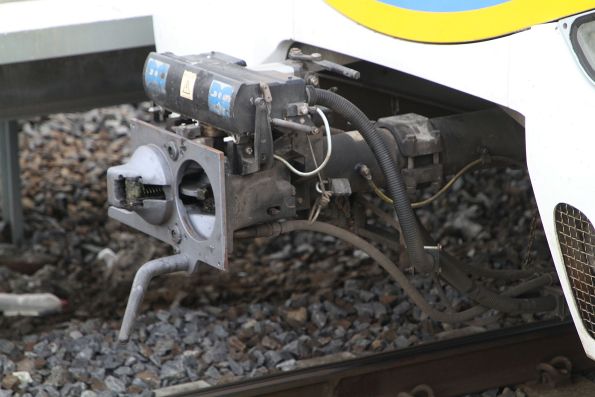
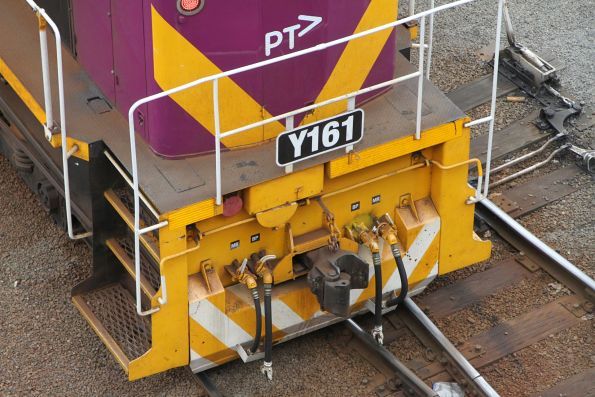
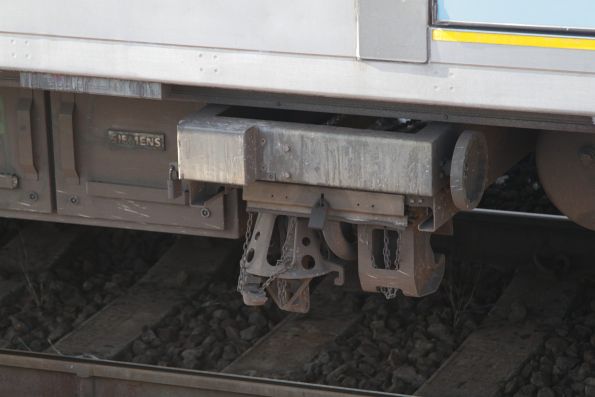
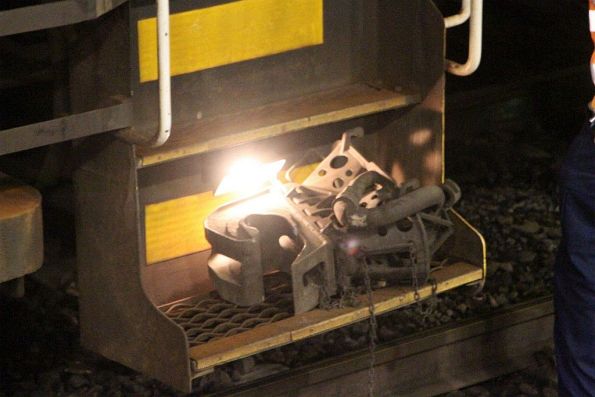
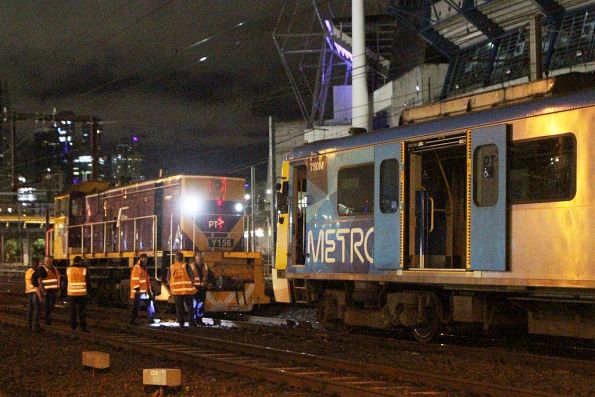
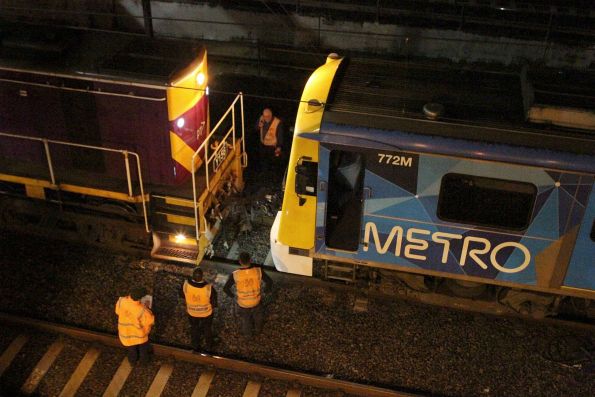
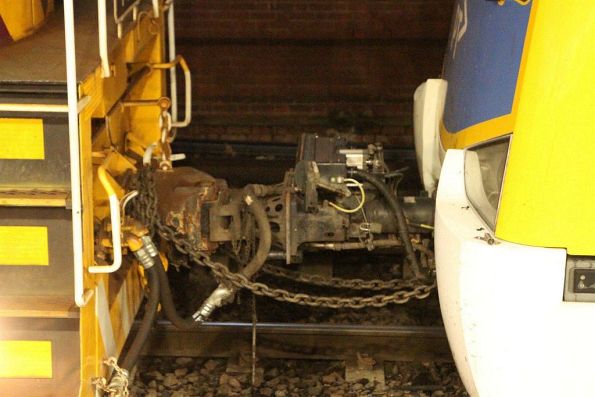
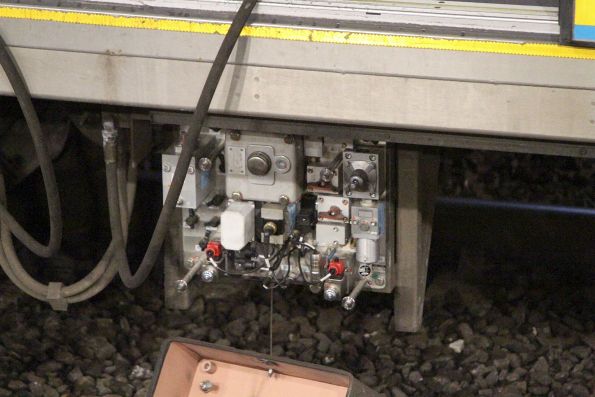
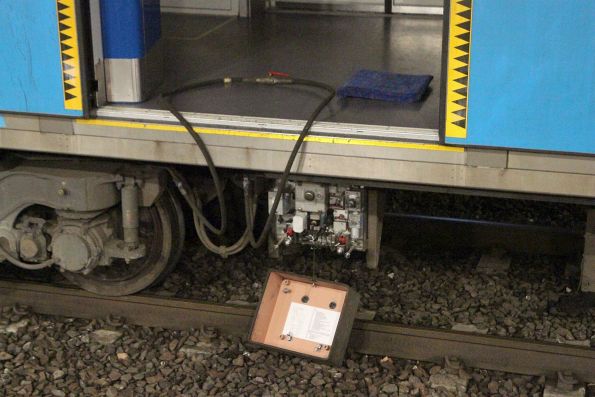
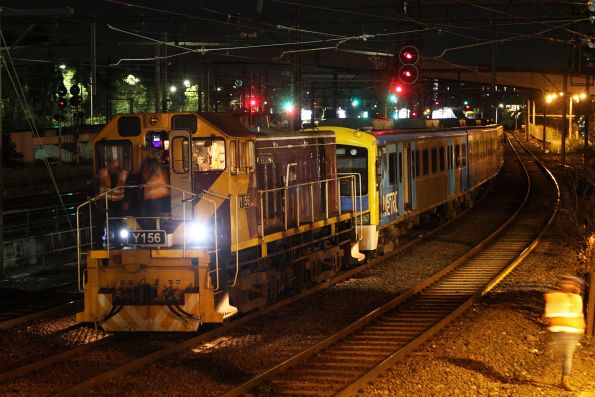
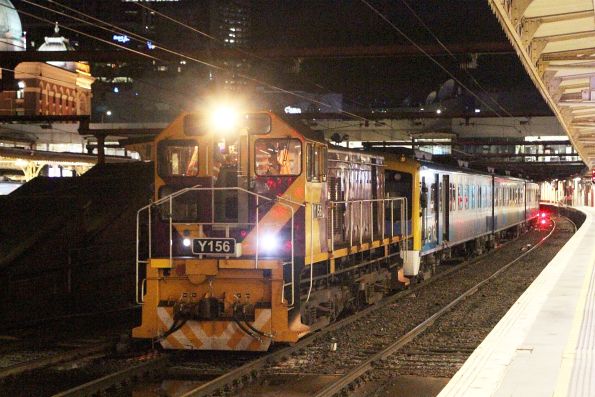
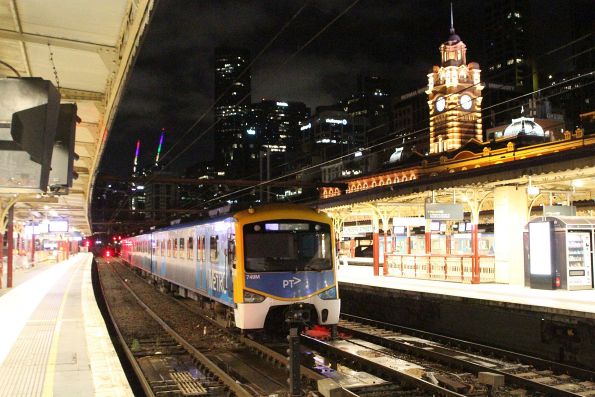
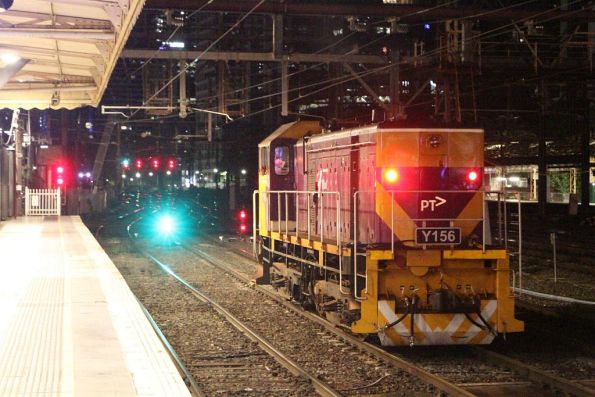
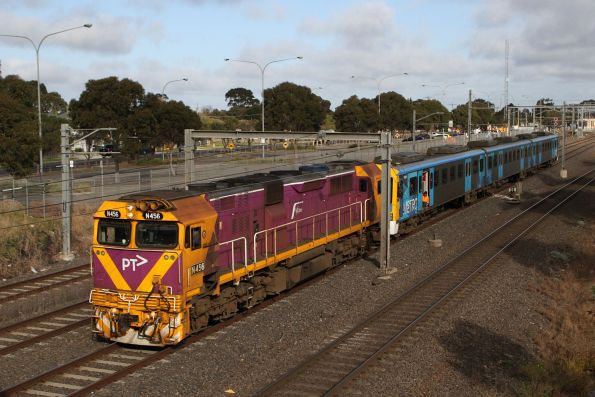
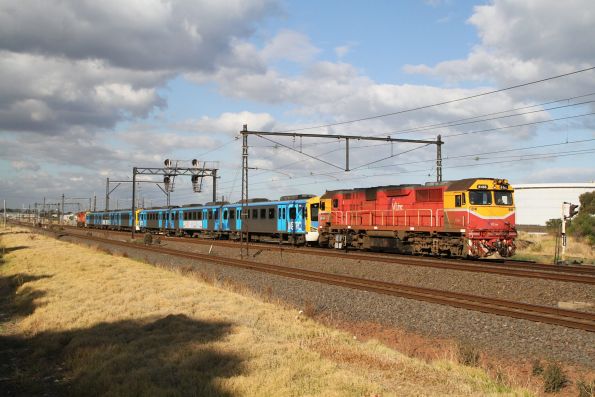

A while back G541 was sent out to rescue a failed Xtrap on the Altona loop, but you probably already knew about that 😛
I missed that movement unfortunately.
https://vicsig.net/photo/26624
How’d you get from Olympic Park to Flinders St so fast! Or was the Y class just so slow?
The transfer move was speed limited to what seemed like walking pace, and I was driving my car through an empty city at 3 AM.
I believe I saw it on a video by Straya Trains on YouTube a couple of months ago, and I strongly recommend you check out the video to see how it was done.
My god these Siemens are really out of luck when it comes to over head wire huh.
Not allowed to have a break, are they? And the problems begun with the overshooting of platforms which forced many off the network for a length of time. And as has been mentioned, the overheads as well.
And has these issues plagued the Xtrapolis trains as well? Or has it just been the Siemens?
What damaged the wires to begin with?
In this case I’m not sure – but it’s usually either a wire coming loose or rubbish getting tangled up, which the pantograph then snags, brining down the wires.